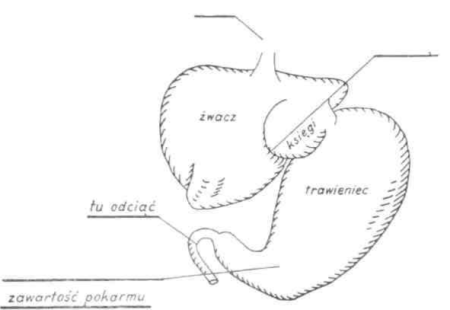Rennet is ferment, that is, the leaven found in the mucosa of mammals, especially calves and lambs. It has the property of cleaving casein in milk in the presence of soluble calcium salts into paracasein and whey protein.. Its operation does not end there, but it continues, because rennet also slowly cleaves paracasein in cheese even at low temperatures, especially in a slightly acidic environment.
The rennet enzyme acts on the clot by adsorption. It can be rinsed with water from the curd, which is important in practice, because it's not quite the same, whether the thicket is warmed up by water, or drained whey.
The effect of rennet on milk depends on the concentration of free hydrogen ions (that is, from the pH). The addition of calcium chloride and acids to milk increases the amount of free hydrogen ions, whereby the effect of the rennet increases, and with it the cohesiveness of the curd. In alkaline milk, hard to solidify there is an excessive amount of free hydroxide ions.
Normally rennet prepared from the stomachs of calves is used to make cheeses as follows.
After the calf is killed, the last part of the stomach is taken, the so-called. maw, that is, marshmallow, cutting it off with a piece of the books and squeezing food out of it. It should not be rinsed, because a lot of the rennet enzyme would be lost. Then it is puffed up, ties the outlet, rinses the top with water and hangs it to dry in a dry and ventilated place, protected from sunlight, np. in the attic. To protect against flies and moths, it is good to sprinkle bloated abomas on top with boric or salicylic acid and cover with organdy, with a cheesecloth or paper bags.
 Parasites should come from healthy calves, and the best, because it is the richest in rennet ferment, are the abomasum of the calves 2 do 3 weekly, which, apart from milk, received no other food. When buying fresh or dried marshmallows, you need to remember about this, that the most valuable are the average sizes, yellowish and transparent, moldy and odorless, undulating inside and without any traces of forage consisting of straw or hay, smooth outside. Food leftovers in the form of cheesecake prove it, that the stomach was not flushed inside, what we mean. Too small abomasum can come from calves that die shortly after giving birth or are aborted; bloody - from patients with diarrhea; contaminated with grass or hay, contain little rennet ferment, as coming from older calves.
Parasites should come from healthy calves, and the best, because it is the richest in rennet ferment, are the abomasum of the calves 2 do 3 weekly, which, apart from milk, received no other food. When buying fresh or dried marshmallows, you need to remember about this, that the most valuable are the average sizes, yellowish and transparent, moldy and odorless, undulating inside and without any traces of forage consisting of straw or hay, smooth outside. Food leftovers in the form of cheesecake prove it, that the stomach was not flushed inside, what we mean. Too small abomasum can come from calves that die shortly after giving birth or are aborted; bloody - from patients with diarrhea; contaminated with grass or hay, contain little rennet ferment, as coming from older calves.
Never use fresh abomasum to treat milk, because we would get a slimy extract, putrid and we could easily transplant bloating bacteria into the milk. Only after the period 2 do 3 monthly, and better even longer, drying and loosening, they can be used to prepare natural rennet mortar or extract.
Non-permanent rennet mortar prepared in the usual way, macerating stomachs in water or whey, we call natural rennet, as opposed to permanent artificial rennet in liquid or powder, manufactured in an industrial manner.
